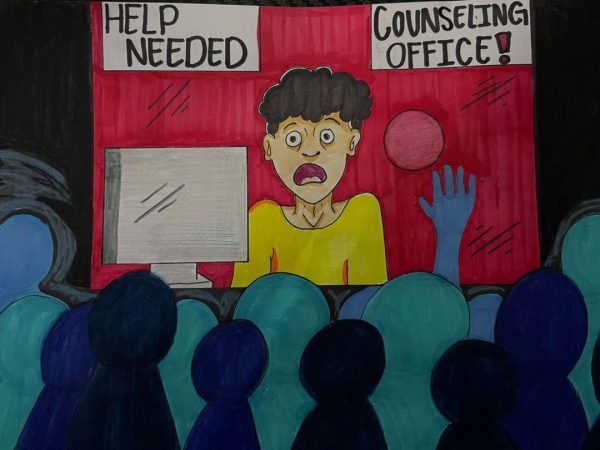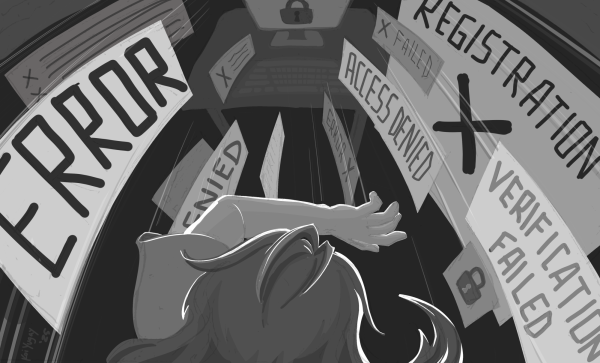Editorial: Closet of AIMS team secrets runs too deep
The simple truth: humans are curious individuals.
The scary truth: those curious individuals aren’t allowed to get information that could very well have to do directly with them.
A month and a half ago, a student told an EC employee he was going to kill everyone at the college, staging a “massacre” on the Library Lawn.
Half an hour after he made the threats, he went to an arts class. More than five hours after that class ended, he went to a humanities class. The next morning, he attended another class before the threats were reported and he was taken into custody near his home.
Students and teachers were in the same room with that individual with no knowledge of what he had said less than 24 hours prior. They didn’t know he had previous incidents with teachers, something brought up at a public faculty meeting last month.
However, the student’s name and incidents regarding him had been brought to the The Assessment, Intervention, and Management of Safety (AIMS) team before the most recent threats were made.
The AIMS team, according to the EC website, is a “multidisciplinary campus threat assessment and behavioral intervention team that guides the campus community in effectively assessing and addressing threatening and/or concerning behaviors.”
Its goals include early intervention for students who seem upset, track information about behaviors, and provide recommendations to certain individuals on campus to manage situations, according to the site.
A number of teachers on campus filled out Incident Referral forms and sent them to the AIMS team.
But there’s no record of the forms and/or students mentioned in them discussed at the twice a month meetings.
The Union has been told that minutes aren’t taken at the meetings and most of the discussion is protected under the Family Educational Rights and Privacy Act (FERPA), so besides the 10 or so people on the team, rarely anyone else knows what happens at the meetings.
We understand FERPA protects students’ education records, and those records do include disciplinary records, but redacted versions of meeting minutes could and should be available to those who ask for them.
At least this way, students will be able to be aware of what’s going on on their campus, a place many spend several hours a day. They’ll know what’s happening and they’ll know what to be watchful of. They’ll know, as many of us have been told, if they see something that matches up with something they’ve heard about, they’ll say something.









